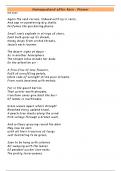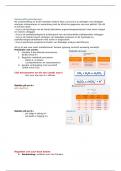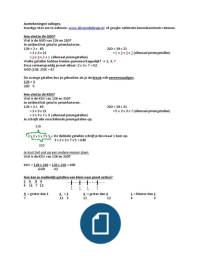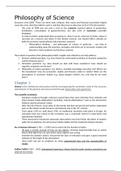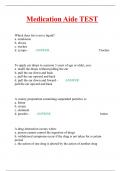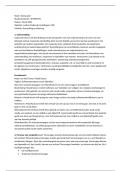Class notes
LT1-2 Concept of Organelles
- Course
- Institution
First 2 introduction lectures to the course - what is an organelle, definition of an organelle, information on the nucleus, endoplasmic reticulum, chloroplast, peroxisomes, lysosomes, some non-organelles and a brief note on the evolutionary origin of organelles
[Show more]




